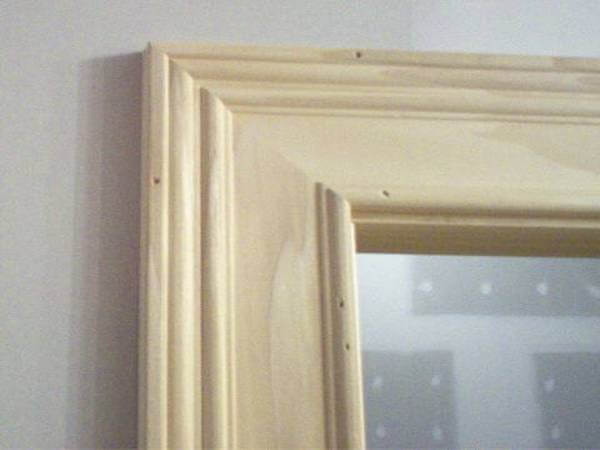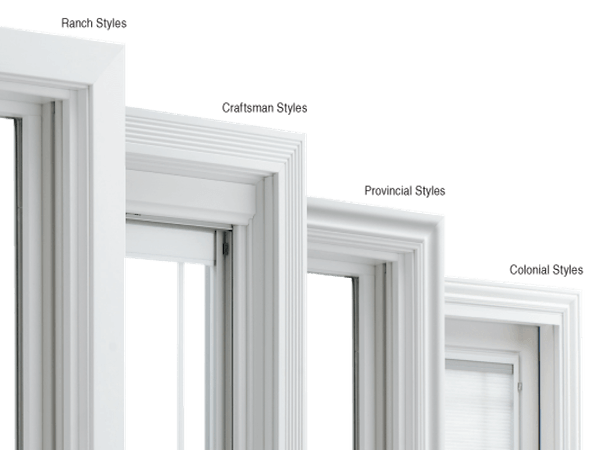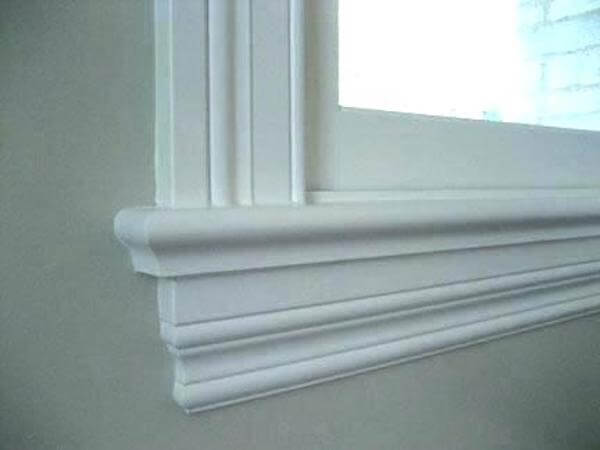Door and Window Casing
Door and Window Casing Installation
Door and window casing installation is part of all the Toronto trim carpentry services Miter5 offers. Installing any type of door and window casing can be tricky for the average DIYer as most door jambs and walls are not plumb or level. The other aspect when installing any door or window casing is how much of a reveal should be shown or even if a reveal is to be shown for the final look. Typically a reveal is shown and the standard reveal measurement is 3 1/16 of an inch from the door or window jamb. Trim carpenters have the right reveal tools to ensure the reveal is equal along the entire jamb, simply using a measuring tape will not ensure an equal reveal around the jamb.
Not all Walls and Jambs are Created Equal
What we mean when saying walls and jambs are not created equal is how that most walls and door or windows jamb are not flush with any wall, especially in older homes that have gone through many extensive renovations over the years. Even in new construction homes, most walls are not flush with any jamb, this happens due to imperfections of framing and drywall taping. Sometimes, the drywall taping process leaves extra plaster around the framing, so when the jambs are installed, unequal and non flush wall and jamb occurs.
Knowing how to cut a meter 45 degree angle cut is essential in order for the joints to line up perfectly during any door and window casing installation. Having the meter cuts meet in tandem whole also correcting any imperfections left from framing or drywall taping is key to having a clean finish look.
Installing door and window casing is not equal as installing crown moulding or wainscoting or even installing baseboard for that matter. The trim carpenter must be precise in ensuring all miter joints are flush and butt against each joint equally. Knowing how to shim each miter joint during installation is key to ensuring a clean and seamless finish.
How to Choose the Right Door and Window Casing Profiles
When planning your interior trim project, it’s essential to explore different styles and designs. These designs should match your overall interior trim through out the home. Having your baseboard as an example match your door casing to a similar design and style would be prudent from the start.
Door casing typically range in size and finish. Again, planning your overall finish is key to a successful outcome. As an example, if you intend to also install some chair rail, then its important to ensure that the chair rail butts into the casing properly. Chair rail is normally wider in profile than any standard door casing, in order to complete a clean finish, a backbend would be installed and part of the door casing allowing the chair rail to seamlessly fit into the casing properly.
The header of a door casing can many different finished looks. The most common design is to just have the casing match the vertical casing. A more traditional finish would be a what is known as a craftsman finish as a custom header. A window casing finish can vary from just joining 4 miter joints for a plumb square look or the trim carpenter could create a stool and apron with a custom window sill.
How to Choose the Right Material When Planning your Door and Window Casing
When choosing any material for a interior trim project, the first step is deciding the type of finish the contractor is wanting to create. If the client requests a paint grade finish, then a MDF material could suffice. Picking MDF is budget friendly yet, it may not be sturdy enough depending on the living conditions of the home. So, for example, if the home houses children, it may be more wise to pick a more durable product like a poplar wood over MDF. Poplar wood could be finished with any type of paint grade you desire while also providing a material that more long lasting and would stand the test of time. Pine is also a great material yet more expensive than poplar. If you’re wanting a stain finish, then oak would be best suited. Just note that oak is extremely expensive and most finishes today are paint grade.
We always suggest in taking time in your planing stage when deciding which door and window casing installation might work best for your project.




